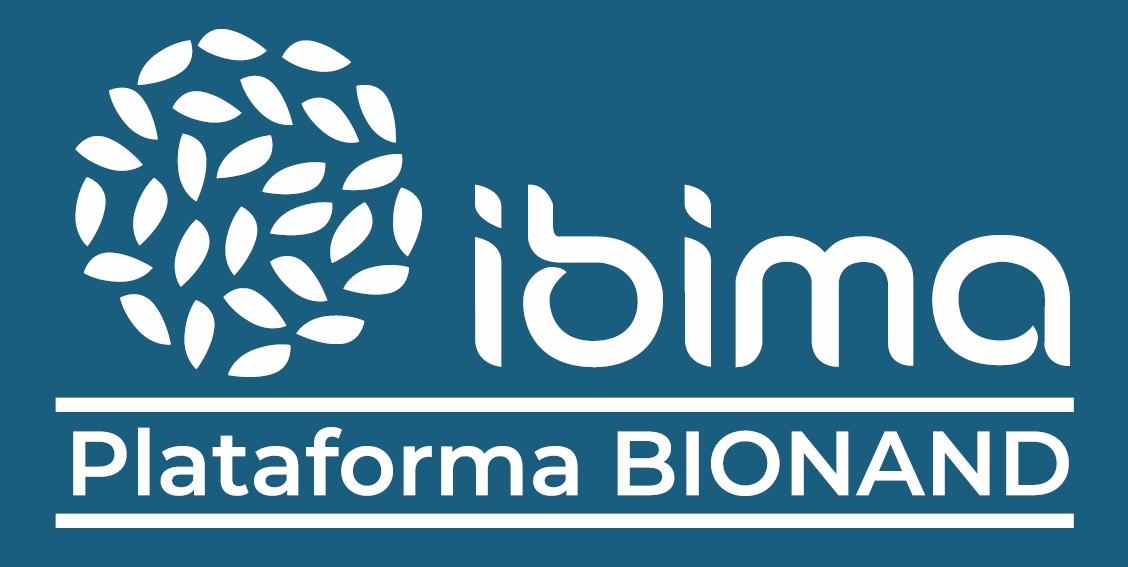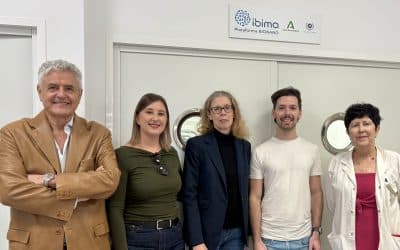Thanks to the development of a tool called ‘CoRmiT’, the analysis of this type of molecules has been carried out.
A team of researchers from the Malaga Biomedical Research Institute and Nanomedicine Platform (IBIMA Plataforma BIONAND) and the University of Malaga (UMA), has carried out a study, published in the scientific journal ‘Briefings in Bioinformatics’, which aims to improve our understanding of rare diseases by analysing microRNAs, small RNA molecules that play a crucial role in the gene regulation network.
This team, led by Juan Antonio García Ranea, professor in the Department of Molecular Biology and Biochemistry at the UMA, attached to the CIBER on Rare Diseases, and scientific coordinator of the Bioinformatics Unit of the IBIMA BIONAND Platform, has developed a tool called coRmiT, which analyses genetic data to identify interaction pairs between microRNAs - small RNA molecules that regulate the gene expression of cells and control the activation or non-activation of genes - and their target genes (mTPs). miRNA target pairs).
The search for mTPs is one of the challenges of biomedicine as they can intervene in numerous biochemical processes, being crucial in rare diseases or complex diseases such as cancer. Moreover, they claim that there is not just one way to do this, but different strategies can lead to the discovery of mTPs, which until now have been applied without a thorough evaluation of their efficiency.
In their research, they applied coRmiT to three rare disease datasets and found mTPs related to the pathology of these diseases. For example, in dilated cardiomyopathy, they found microRNAs associated with inflammation and regulation of the extracellular matrix, while in Lafora disease - a rare neurodegenerative disorder that affects adolescents and is characterised by abnormal glycogen accumulation in the brain - they found microRNAs related to regulation of the glutaminergic system and brain inflammation.
Juan Antonio García Ranea himself, who is also a researcher in the Institute's ‘Molecular Bases of Biological Systems (SIBIUMA)’ group, mentioned that this is a ‘very interesting study as it detects that each microRNA has its own regulatory behaviour, depending on the context of the disease or tissue’. This fact, according to García Ranea, ‘has led the team to propose an innovative method, by selecting the best strategy for each microRNA individually, instead of using a single strategy for all of them’.
Finally, the scientific coordinator of the Institute's Bioinformatics Unit said that ‘this approach could change the way we understand and treat rare diseases, since, by better understanding how microRNAs regulate genes, we could develop more specific and effective therapies for these diseases’.



